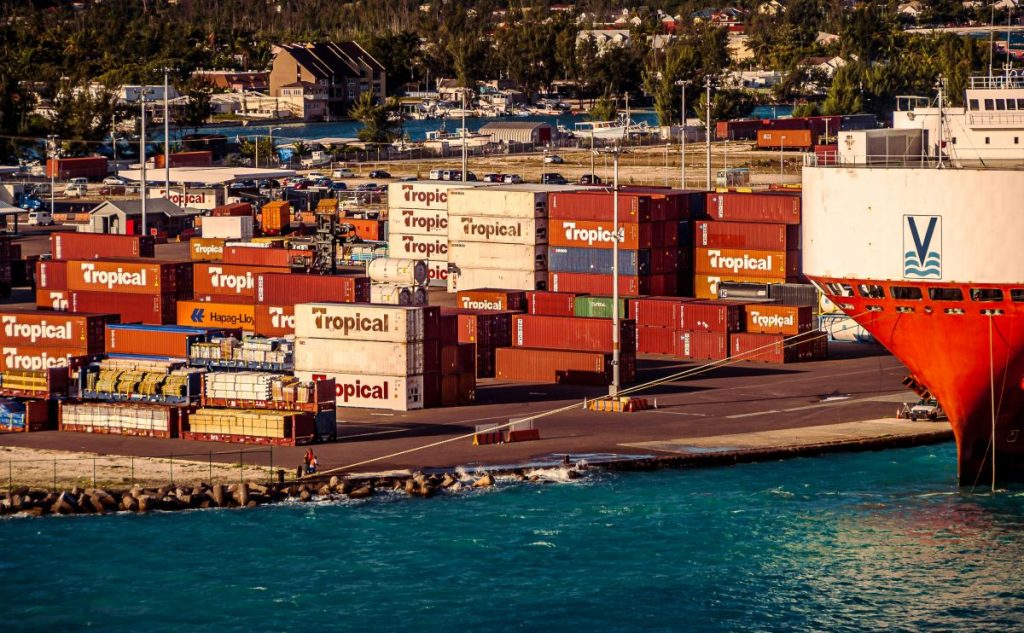Amidst a labor dispute, Canada’s western ports face a lockdown, potentially disrupting supply chains. Experts suggest short-term rerouting to U.S. West Coast ports, but warn of long-term impacts if the situation persists.
The Lockdown Situation
The British Columbia Maritime Employers Association (BCMEA) locked out over 700 members of the International Longshore and Warehouse Union Local 514 on November 4, following a walkout at BCMEA member terminals. The two parties have been in negotiations for nearly two years, with the BCMEA recently presenting a final offer that includes a 19.2% salary increase over the next four years and an average $21,000 signing bonus. The dispute has slowed cargo movement, with the Port of Vancouver and the Port of Prince Rupert experiencing disruptions.
Potential Impacts on Supply Chains
The Vancouver and Prince Rupert ports are among Canada’s busiest, handling significant volumes of cargo including potash, coal, and containerized freight. A prolonged shutdown could disrupt the flow of these goods, costing the industry millions per day in lost revenue. Additionally, imports like footwear, apparel, auto parts, chemicals, and lumber could be affected.
Mitigation Measures for Supply Chain Leaders
Experts advise supply chain leaders to have contingency plans in place. Short-term mitigation could involve rerouting shipments to U.S. West Coast ports like Los Angeles and Seattle. However, with the North American supply chain still recovering from recent strikes on the U.S. East and Gulf Coast ports, this could lead to further backlogs. Long-term strategies include investing in alternate suppliers, routings, and ‘no-regrets’ inventory, as well as maintaining strong coordination with suppliers, customers, and freight forwarders.
While the current port disruption presents a challenge, it also offers an opportunity for supply chain leaders to reassess their risk management strategies and explore alternate routes and suppliers. As the situation evolves, the question remains: how will this disruption reshape the future of supply chain management?





